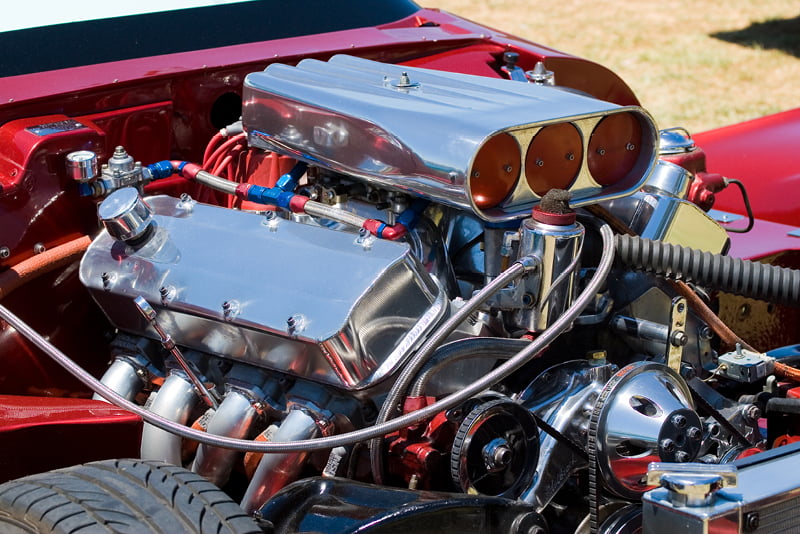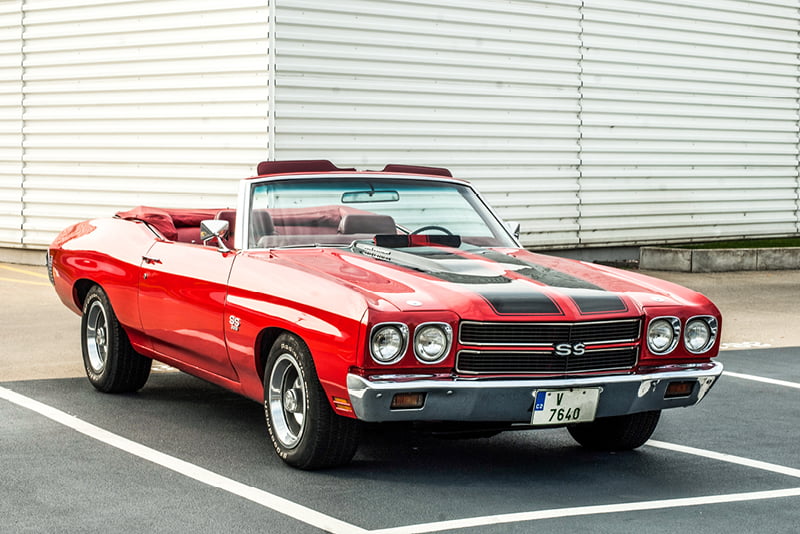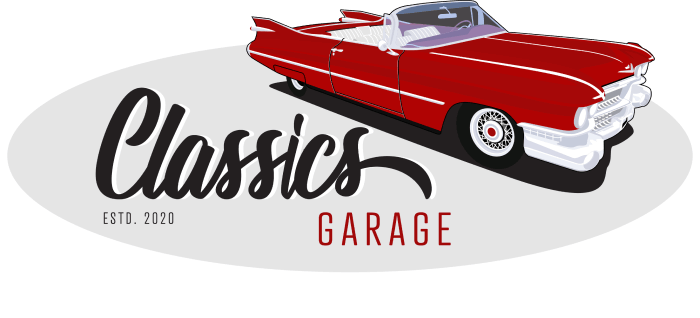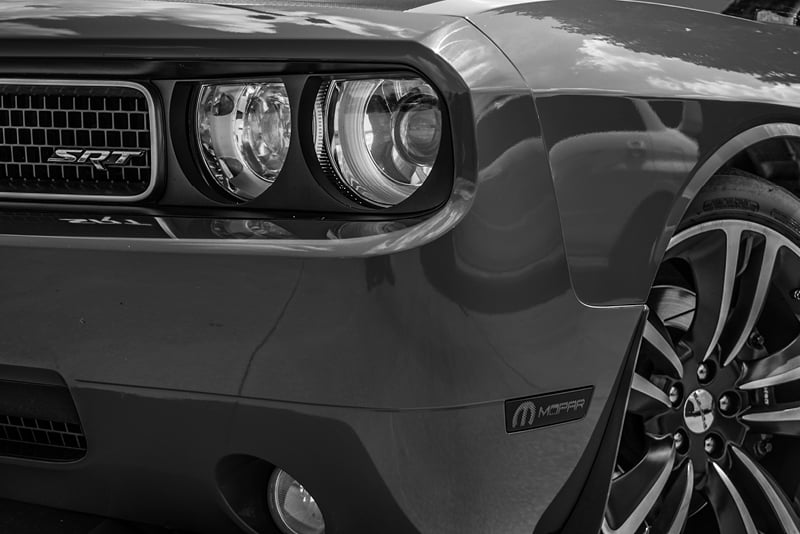While the beloved big block engines first produced by Chevrolet are revered around the world, there’s still plenty of surprising facts to learn about them.
Over the years, the Chevy big block engine has gone by many names – the Rat, the Porcupine, and if you go back far enough, the semi-hemi. In a nutshell, big block engines generally deliver increased power at the expense of fuel economy, stiffer front springs, larger wheels and tyres, and engine bay space.
While they also require bigger brakes and allow for less room for cooling systems and accessory drives, they’ve still been favoured by revheads around the world as the go-to V8 engine – and for good reason. While many of Chevrolet’s competitors have tried to mimic the success of the big block engine, none have thus far managed to match it. However, the road to success isn’t always an easy one, so what are some of the lesser known facts about the famed big block engine?
Things You May Not Know About The Big Block Engine
The Chevrolet brand we all know and love once wasn’t quite as revered, and was actually the cheapest of all of the General Motors subsidiaries. Although Chevrolet once came last behind Pontiac, Oldsmobile, Buick and of course, Cadillac, many of those former powerhouse brands have since been retired thanks to unsustainable production methods and sales figures.

Ironically, it’s Chevrolet that still stands, and innovative offerings to the American marketplace such as the big block engine have certainly helped to cement the brand’s longevity. When it comes to big block engines, there are quite a few variants across multiple manufacturers. However, a big block engine is often synonymous with the Chevrolet brand despite competitors such as Ford, Mopar and Chrysler producing their own offerings.
They’re A Sixties Icon – The Mark IV big block Chevy came to life in 1965, and was produced until 1990. In that time, it was manufactured in a variety of displacements and capabilities, while powering some of the most iconic muscle cars of the era. In fact, it could be said that the big block Chevy helped define the genre, and is a staple inclusion for many cars of the sixties.
They’re Not Made To Race – The larger bores, longer strokes, bigger valves and ports of a big block engine can lead to truly astounding power production, and produce more consistent torque to overcome their weight. However, acceleration is where the big block engine comes unstuck, which is why racers usually opt for the more compact small block engine.
They’re Over 60 Years Old – The origins of big block engines can be traced back to 1958, when Chevrolet introduced the Mark I and W series big block engines to the American marketplace. Their entry onto the market gave heavier vehicles the torque they needed, and quickly captured the hearts of muscle car lovers and hot rodding enthusiasts alike.

Ultimately, auto enthusiasts should choose a big block engine based on the individual weight of the vehicle in question, what kind of performance they desire and of course, the overall cost. When comparing them to the smaller block engines more commonly installed in cars today, one isn’t necessarily better than the other – it’s a simple matter of choosing the right engine for the job.
Your Guide To Everything Classic Cars
Finding a fellow vintage auto enthusiast can feel a bit like finding a needle in a haystack, but rest assured that Classic’s Garage understands the thrill more than most. Having spent forty years collecting anything and everything from matchbox cars to hub caps, he’s successfully followed his passion to source, collect and stock beautiful and low mileage classic automobiles from around the world. With extensive experience in the automotive industry, it was only a matter of time before Wayne expanded on his love of vintage, iconic vehicles to share his knowledge and passion with the public.
Although his passion is for automobiles built before 1978, with a particular love for Buicks, Cadillacs, Lincolns, Oldsmobiles and even Fords, Wayne is just as passionate about the stories of the owners. Just like the cars, he has found that his fellow classic car enthusiasts all have wildly different attractions and logic behind their passion or hobby, and this often translates into how the car is presented. If it’s even remotely different, rare or just plain unusual, Wayne will overcome the relevant logistical and geographical challenges of bringing the cars to his showroom in Australia.
Classic’s Garage is a showroom conveniently located at Seventeen Mile Rocks, that specialises in the restoration and sales of vintage automobiles. If you’re on the hunt for Brisbane classic cars – quite simply, Wayne is your man. If you would like to arrange a viewing or inspect any other of our classic vehicles, please get in touch with us today.

